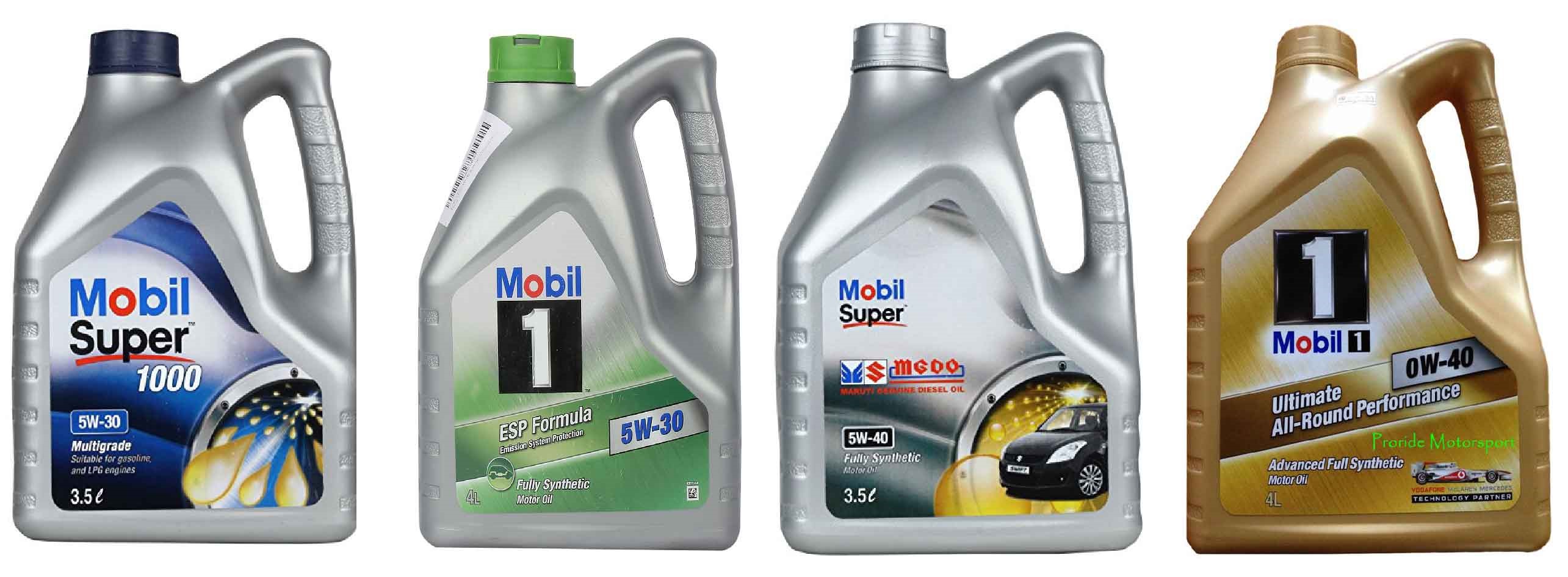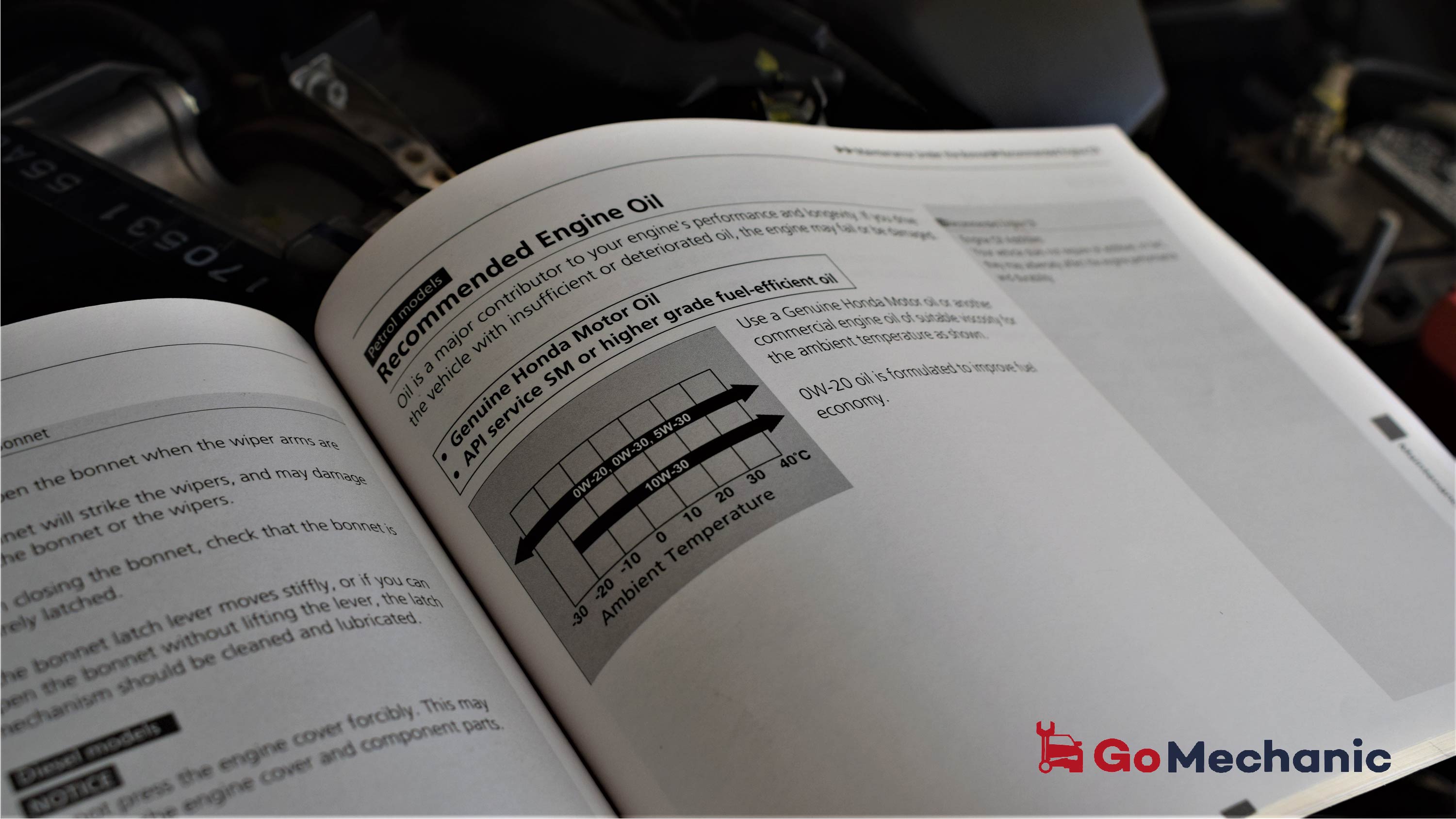“Oils well that ends well”. That’s not how the saying goes, does it?
Engine oil is an essential component of obviously, your engine. So why is it that there’s not much to know about it? Well, we are here to sort that out (somewhat).
Just like what blood is to us humans, engine oil is to a car engine. It is responsible for a plethora of functions inside an engine, most prominent being reducing friction, cooling, dissipating heat and aiding fuel efficiency.
We already know how important it is to change the engine oil periodically.
Also Read: Engine Oil | A Comprehensive Guide | Everything You Need To Know
The Science Behind Engine Oils
You must have seen a bottle of engine oil with ’15W50′ or ’20W40′ or something else written in a similar pattern.
Well, these are not just random words and numbers but, there lies some clever science behind this.
This is the grading scale specified to the engine oil by SAE, which stands for Society of Automotive Engineers. This reading describes the viscosity of the engine oil, which in an automotive context means a fluid’s capability to withstand deformation inflicted through stress, wear and tear. In simpler terms, viscosity refers to the thickness of the engine oil.
A highly viscous fluid will be thick whereas a low viscosity oil will be runny or thin.
Alright, with all the definitions sorted it comes to be as simple as this.
When the engine is cold, the oil inside the engine is in highly viscous, which is thick and firm
But, when an engine is under-use, that same oil develops a low viscosity state which is when it becomes thin and flimsy.
When you cold start an engine, you are starting with a heavy or dense engine oi. That same oil becomes fine and runny once under friction-induced heat.
Download The GoMechanic App Today!

Explaining the Grades of Engine Oil
“15W50, 5W30, 20W40, 10W30”
Let’s break it down and have a look at it.
As we all know, engine oil is graded keeping viscosity in purview which is notated with the familiar “XW-XX.”
For instance, let’s take a closer look at 20W50.
Here 20 stands for the rating of the oil at 0-degree Fahrenheit (imperial) or – 17.8 degrees Celsius in metric. It means that the oil must have a specific maximum viscosity/flow at low temperature/ The “W” following the number stands for Winter (not weight).
The lower the “W” number, the better the oil’s cold temperature/cold start performance.
The 50 in a 20W50 means that the oil must fall within certain viscosity limits at 100°C type high temperatures. Once again the lower the number, the thinner the oil: like a 30 oil is thinner than a 50 oil at 100°C etc.
You may have also seen API scribed on to the bottle, which stands for American Petroleum Institute, the API rating of an engine oil covers the performance rating of the oil (e.g. SM for petrol, CF for diesel).
Similarly, ACEA is a European industry body up of European vehicle manufacturers. The ACEA rating of oil covers the performance rating of the oil (e.g. A3/B3, C3).
JASO or Japanese Automotive Standards Organization is the grading system designed specifically for Motorcycle Engine Oil
Types of Engine Oils
Before you go ahead and purchase any oil, the first step you should know is, what type of oil your Hatchback, Sedan or SUV uses.
It is essential to understand what goes into your car, as this is the deciding factor which ensures that the engine runs smooth, slick and efficient.
Now that we are adept with most of the nuances of engine oil, let’s look at the different forms they are present in. To give you a gist of things, engine oil is divided into three different types based on their ingredients and level of purity.
Mineral Engine Oil
The mineral oil is considered as the genesis that paved the way for modern oils. Mineral oils are refined petroleum oils which undergo treatment to function under a wide temperature range and are marketed significantly cheaper compared to the other two varieties of oils.
Nowadays, Mineral oils find their use in older vehicles and motorcycles.
The biggest drawback with mineral oil is that they offer little to no lubrication and protection against friction-induced heat. Also, they perform very inefficiently in colder temperatures and are more susceptible to breakdown during high-temperature uses.
Mineral oil also requires more frequent replacement as they last not more than 5000 kilometres.
Semi-Synthetic Engine Oil
This is one diplomatic engine oil. It positions itself right in between the territory of Mineral and Full Synthetic oil. As easy to say, Semi-Synthetic oil is a combination which offers the affordability of mineral and the performance of synthetic.
Semi-synthetic offer as much as three times the protection compared to mineral oils.
Semi-synthetic oil, also known as synthetic blend oil has a small amount of synthetic engine oil blended in with mineral oil to boost its properties without escalating the cost by much. The addition of synthetic oil enhances its viscosity and wear resistance at higher temperatures and stress. Synthetic-blend motor oils can also offer better performance at lower temperatures compared to mineral oils.
The thumbs down with semi-synthetic is that they do not offer the superior level of protection that a full synthetic does
Full Synthetic Engine Oil
The bleeding edge in engine oil technology. Full synthetic oil delivers excellent protection and aides in better fuel efficiency.
Synthetic oils go through extensive treatment in the lab to make them significantly superior to their counterparts. The process involves breaking down the mineral oil into the most basic molecules, which helps remove any undesired substances and impurities to a very high degree. The molecules of synthetic oil are also very consistent in their size and shape, offering superior lubrication. Full synthetic oil function at their optimum in both low or high temperatures, or under extraordinary stress.
The science behind manufacturing synthetic motor oil is an expensive and painstaking one, which makes synthetic oils significantly costly which is its only drawback.
What is the Right Engine Oil for your Car?
As a rule of thumb, you should use the motor oil which your car manufacturer has specified.
Automobile manufacturer shell a lot of resources into research and development on what type and grade of oil the engine requires, this is done to ensure the engine runs smooth and provides the best fuel efficiency under any conditions.
Service stations are oriented and equipped in a way to provide the best engine oil for your car. Read the owner’s manual for more information.
Also Read: 10 Most Googled Questions About Engine Oil, Answered!











[…] Read Here: How to choose the right engine oil for your car […]
[…] Your guide to choosing the right kind of engine oil for your car […]
Would a engine oil bypass filter system be beneficial to extending the life of the oil by aaa 2 or 3 times maybe.
Useful information. Thanks